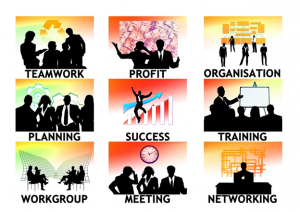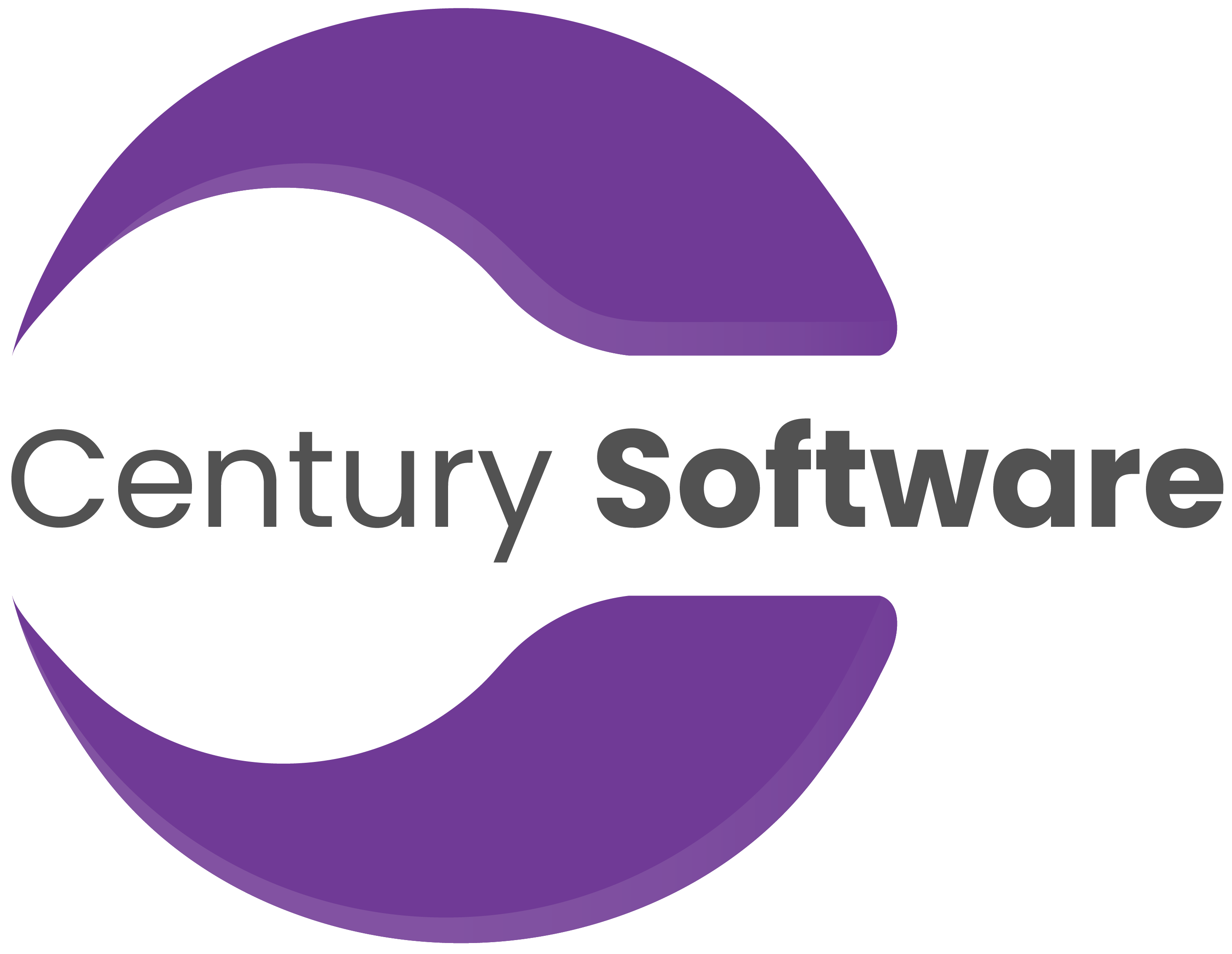7 Crucial Steps For Choosing The Right BPM Software


Determining which business process management (BPM) software is right for your company can be quite a challenging task. This is because BPM is complex and its products vary significantly, both in terms of features and capabilities. Additionally, evaluating your business needs isn’t always straightforward.
Here are 7 steps that can help accurately determine your business needs and evaluate if it’s the right fit for your business.
1. Do you need BPM software?
Evaluate the need for new software before you start looking for the right business process management system.
You will need a BPM software to eliminate:
- Data duplication, which happens when you key in the same data on different systems
- Delayed approvals
- Increased dependency on paper, PDFs and Excel sheets
- Legacy interfaces which don’t adapt to your company’s evolving needs
If your company is experiencing any or all of these problems, it is the right time to invest in the best BPM software.
2. Identify essential features that the tool should have
Once the need for a BPM software is clear, it becomes much easier to pinpoint which of those features are essential for your business.
To get down to the core features that you’ll need, approach your major business process challenges with the following questions:
Is standardization more important than flexibility?
This will help you determine the right level of customization.
Are employees spending too much time on repetitive work?
This will help you evaluate BPM software with strong automation capabilities, or even Robotic Process Automation (RPA) if need be.
Does your process require frequent interaction with third parties?
Your software should enable customers, suppliers and other members outside your organization to interact with you through the system.
Are you stuck with large volumes of unorganized data?
Analytical reports, along with a secure and customizable database are absolutely essential. If these reports are easy to generate and read, it is an additional bonus.
Is your company on the verge of scaling up?
Avoid migration by choosing software that will grow with your company. Think of the future needs of your business and see if your software can keep up with those needs.
Does your company rely on multiple legacy systems?
You need to choose a software with a user-friendly interface that can bring all your systems – modern and legacy – together, smoothly.
3. Get the right budget by presenting a value proposition to leadership
To get your leadership on board with investing in a Business Process Management Software, you have to focus on results. Though BPM might facilitate a lot of tasks for people in your department, executives and management may not be able to weigh in on task facilitation.
Most executives think in terms of revenue and most managers think in terms of performance. Considering this, you need to present the potential gains of a new software in their terms, not yours.
Once you have a budget, you can instantly narrow down your list of choices.
4. Define deploy time, adoption time, and support standards
When you dive into the BPM market, you’ll find that most BPM software companies will argue they have a fast deployment time and require little to no code. That’s when having a timeframe that estimates process design, deployment and adoption gives you an advantage.
A typical process design takes about four months, but there are a few industry outliers that can deploy in a few weeks.
The BPM software’s customer support reputation should also be considered in the decision process. Not all BPM software was built for business users, and not all is suitable for IT. Know who will frequently use the new software, and make sure they will have the support they need.
If the software is known for having a high churn over rate, this is a sign it was good on paper but not easy to use. Read deep into case studies and reviews before you decide.
5. Define how and when to measure success

Success should be defined in predominantly quantitative terms before the product is fully implemented. Set numerical goals with a margin of error, and account for adoption time in delaying performance.
A good measurement to consider is the total process time. Measure how long each process takes to complete before implementing a new software. Define the start and end of the process with the employees who will see it out, and make sure they know this is a test of how long it normally takes. Compare the total process time taken before implementation with the time taken after complete adoption.
6. Be proactive and ensure the product fits your needs
Scheduling product demos and participating with prepared questions is the most important step in choosing the right BPM software solutions. It is during the demo that you can figure out what the product is capable of accomplishing and get to know if it’s the right choice for your business.
Here are some questions you should ask the sales rep during the demo:
How can your product help me solve my problem?
Describe your major problems and let the product demonstrator show you if their product can or can’t meet your needs.
Do you have any specific features that will help solve this problem?
This question will let you dig into the full capabilities of the product.
Do you see your product as the best solution for my problem?
Most of them will say yes, but you will get a clear idea as to what extent they can solve your business issues based on their response.
Has the software helped companies in the same industry or a similar industry to ours?
In the best-case scenario, you’ll be one of many clients in the industry or someone trying to solve a similar problem. Reflect on the information you receive before opting for another product demo.
7. Make process improvements
An often overlooked but equally important point is checking on the BPM software even after it’s implementation. Review your processes regularly, check with your employees to ask if something needs improvement, and test small changes with regards to increasing productivity.
Wrapping Up
Century Software’s BPM Software Solutions allow you to build custom workflows to track, optimize and scale your business performance in real-time. With Century’s advanced BPM Software tools, you can control how people, processes and assets are connected to yield business results. Contact us for the best BPM software for your business.
Are you exploring ways to incorporate Six Sigma into operational tasks? BPM can help.

